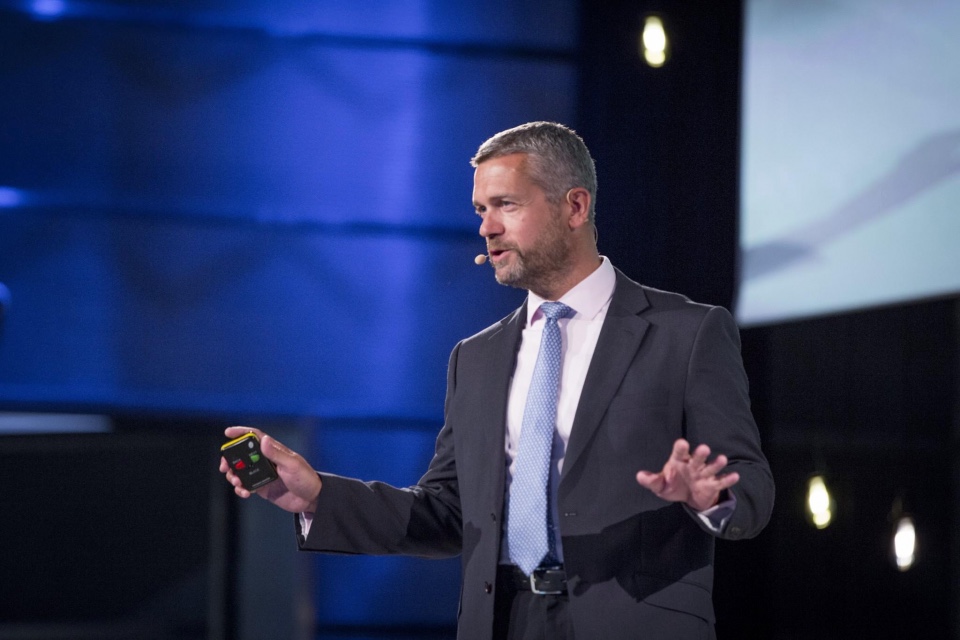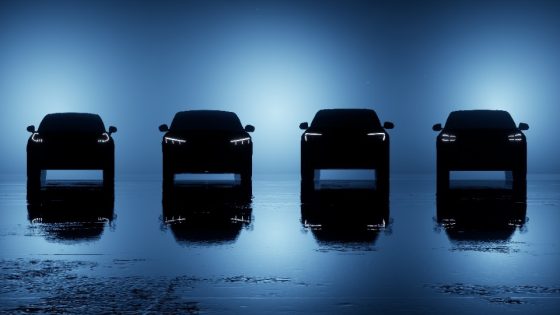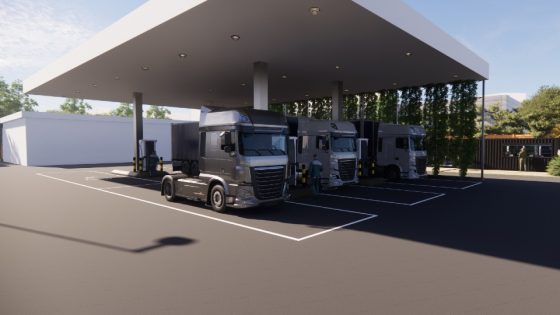To solve the energy crisis and green the grid, we need to massively ramp up battery storage to help power the national and international grid; the successful trials of ‘Vehicle to Grid’ technology proves that electric vehicles (EVs) could do just that.
That’s the view of Aidan McClean (pictured), CEO of UFODRIVE and author of ‘Electric Revolution’ following a successful UK trial of Vehicle to Grid (V2G) technology connected the dots between an efficient, on-demand energy grid and the rapid uptake of electric vehicles (EVs). Drivers in Milton Keynes were given this technology, and at peak times were able to sell energy back –from their cars to either power their homes or the grid at large.
Through charging the vehicle during periods of low energy cost, such as at night, and powering the national grid or home during periods of high cost, users reduced energy costs by at least 40%, some to zero. Furthermore, charging the car during periods of high renewables generation and powering the home during fossil fuel generation (when renewable sources aren’t producing) allowed for reductions in carbon emissions of at least 25%, with some achieving 100% when timed correctly.
At a similar time, an Open Letter to the European Commission was penned by major market leaders in battery storage technologies. It argued that Europe’s net zero, geopolitically-independent energy goals, summed up in the REpowerEU plan, require a huge increase in battery storage infrastructure.
This letter argues that a renewable-powered grid needs a backup energy source when the sun isn’t shining or the wind blowing. Traditionally, this may have been gas, but this is now clearly not feasible due to the EU’s over-reliance on Russian gas supplies.
EVs help to power a more flexible energy grid
Here, the dots seem intrinsically connected: EVs could help achieve this flexible, cheap, and independent on-demand energy grid. According to Virta Global, there will be 140-240 million electric vehicles globally by 2030, which means that we’ll have at least 140 million small, portable energy storage batteries on wheels with an aggregated storage capacity of 7 TWh, or 7000 GWh.
In 2021, only 2.4 GW of storage was developed in Europe, but various studies predict we’ll need around 200 GW of energystorage by 2030; so there clearly needs to be a significant increase in battery storage capacity. Yet when you combine the numbers, you can see that even just a small percentage of EVs with V2G potential could provide the increase in battery storage that we need.
McClean says: “The V2G trials were a blinding success – and show both how flexible and useful EV batteries can be. With proper infrastructure and market rules, ensured by effective top-down policy, they could not only massively reduce pollution from our roads but also be the plan B energysource our grid needs to ensure capacity.
“This effectively combats one of the biggest issues renewables have when used as a primary energy source – there are extended periods when production is zero, such as on still days or dark nights. We used to combat this issue with natural gas – but not only is this still polluting, but also is geopolitically tenuous to say the least.
Developing efficient vehicle-to-grid infrastructure
Aidan continues: “The answers to this problem have always been numerous and obvious, if difficult to implement at-large; battery storage, efficient grid management, supply-side control, demand-side response, and pumped hydroelectric storage are all essential. We will need to use all of these en-masse to futureproof and green our energy grid.
“However, an obvious solution has been staring us in the face: if every EV battery by 2030 could plug into and power the grid or someone’s home, Europe would have more battery storage capacity than it could ever need.
“This still needs some work, however. At the moment, not all EVs offer a vehicle to grid option. For example, Teslas don’t yet have this capability and occasionally have declined to consider implementing it – as it could be argued that vehicle to the grid would compete with Tesla’s own Powerwall business. This must change if we want to achieve an effective net zero grid – we need unified technologies to provide solutions, not a spitefully fragmented market.
“As is so often the case – a lack of top-down policy, and a lack of care for universal accessibility by current titans of industry, is holding us back from an efficient V2G solution. We need clear, unified and brave public policy; and accessible and universal manufacturing standards; in order to embrace the technologies that are so clearly the answer to some of our biggest problems”.






